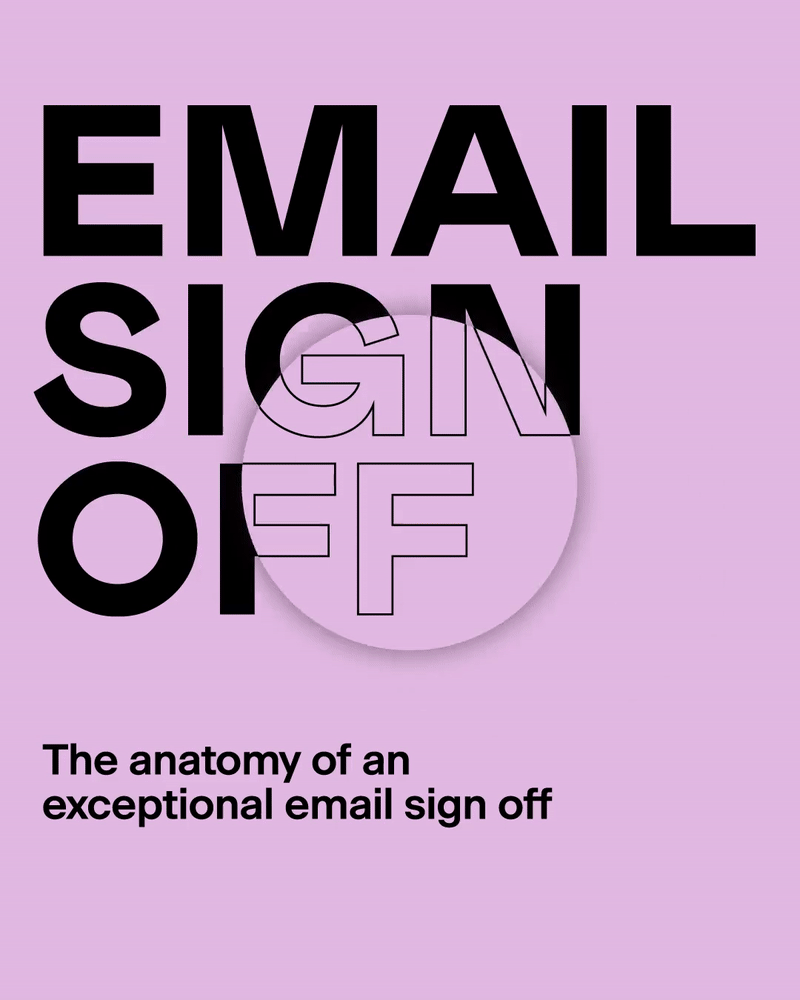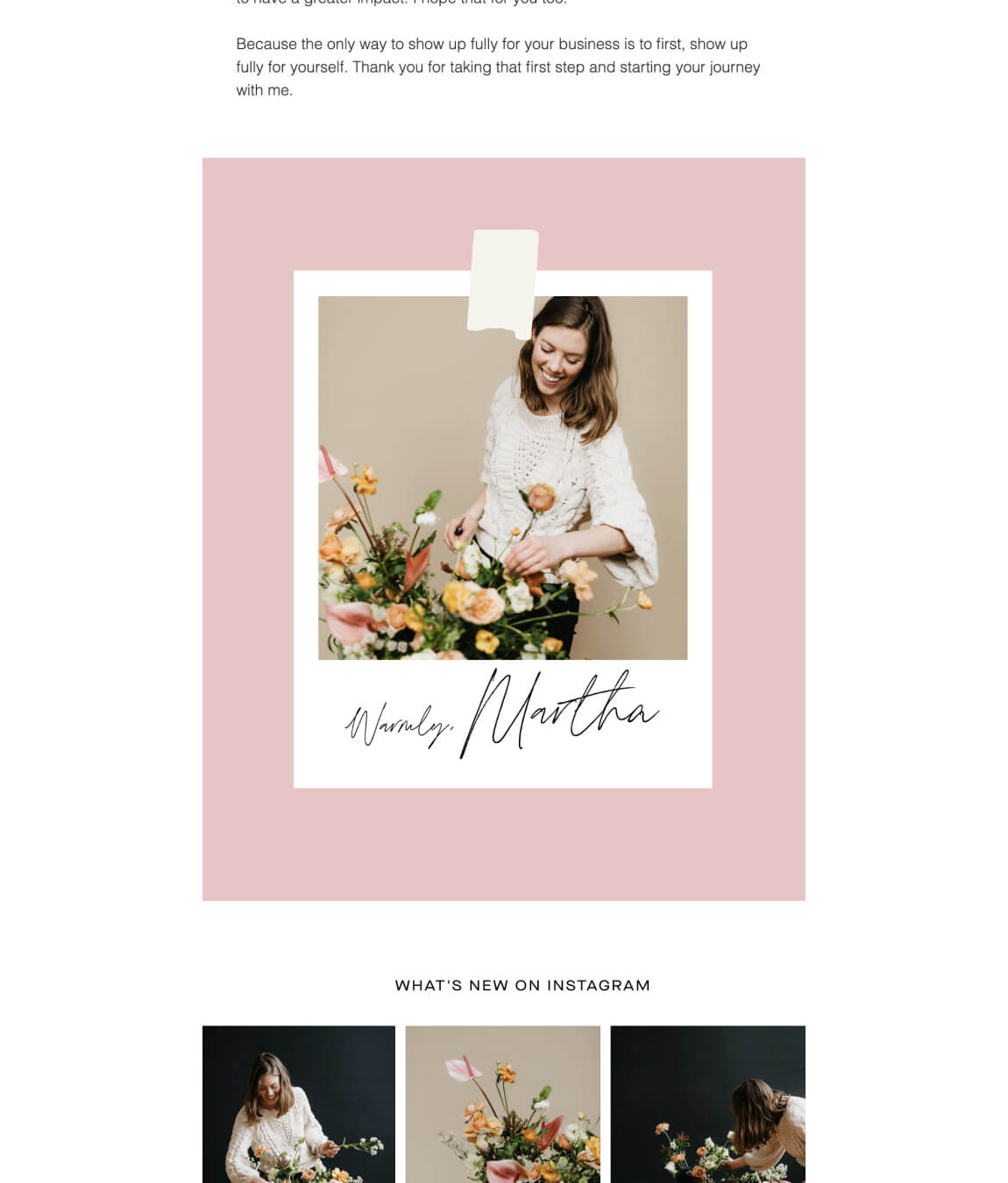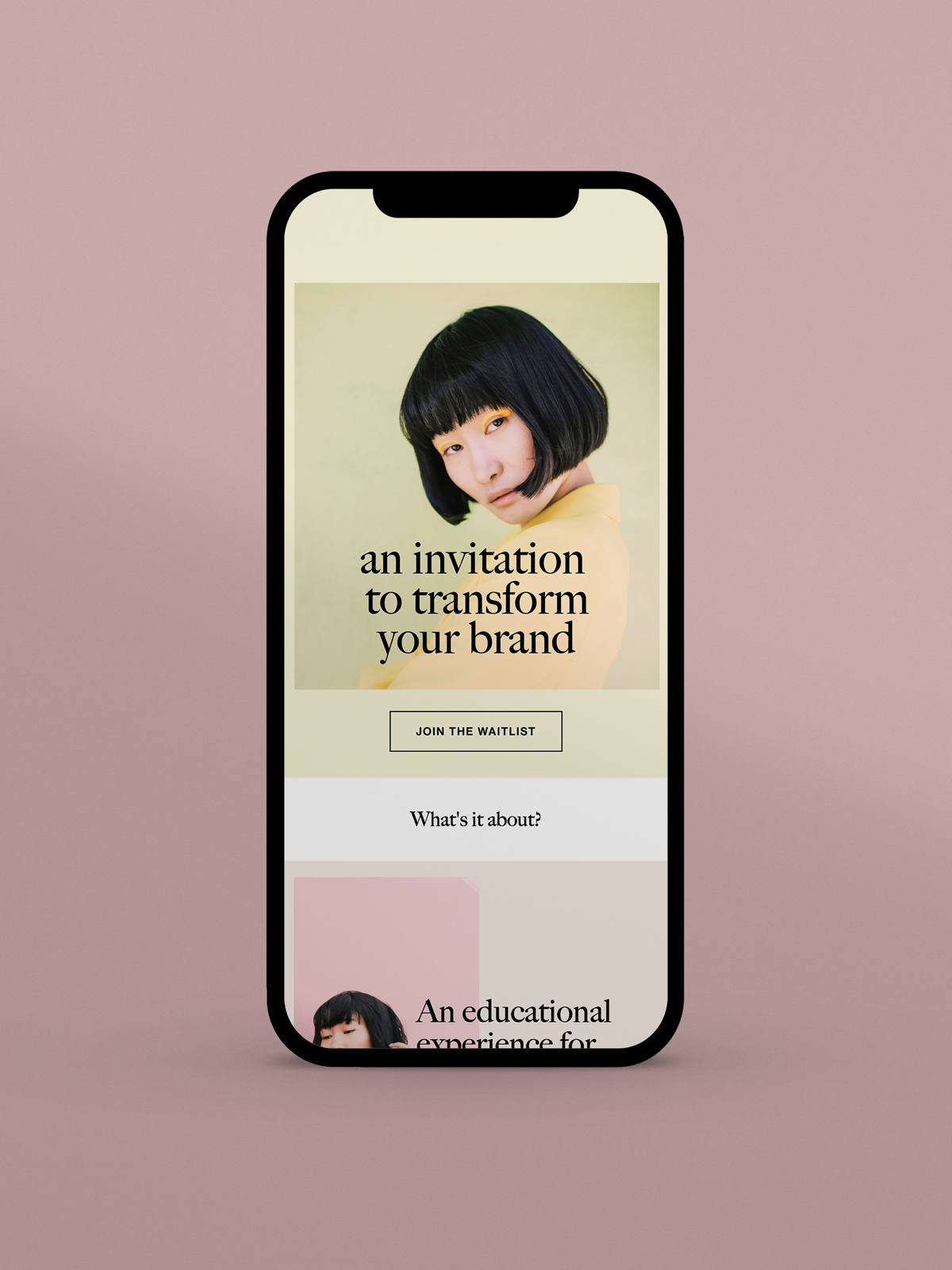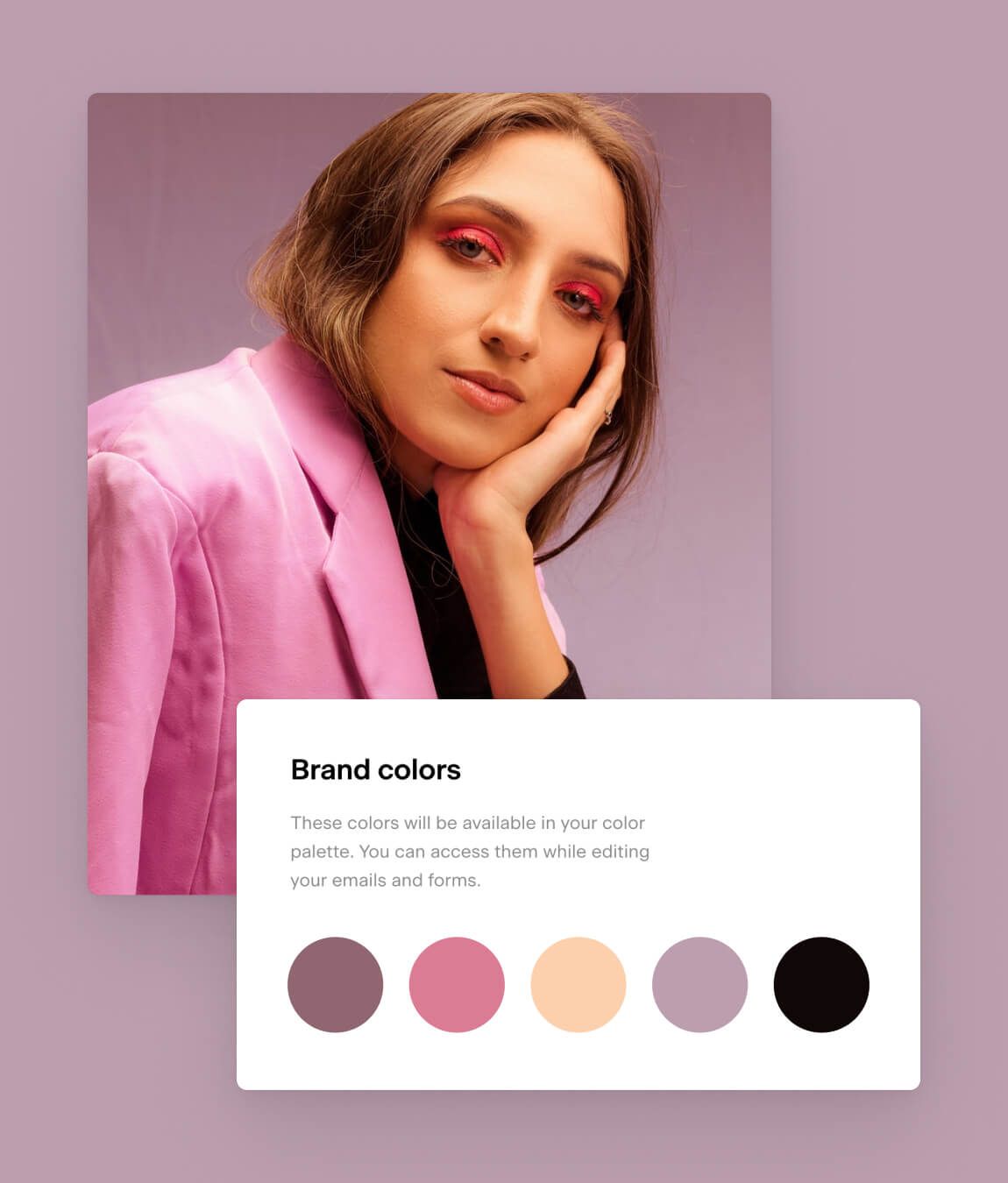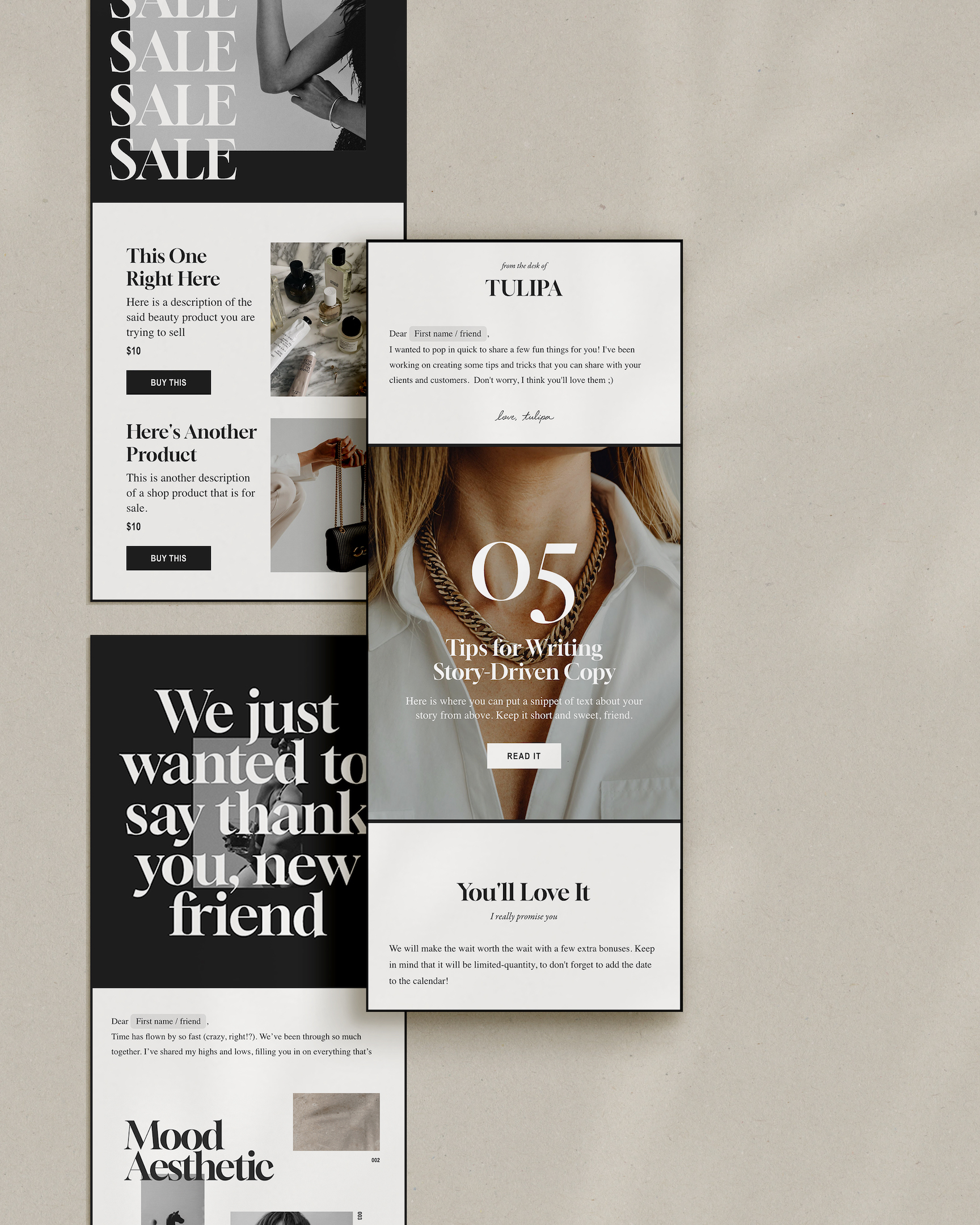7 Ways to create a memorable email newsletter sign-off
Table of Contents Jump to:
Jump to:
Table of contents
TL;DR: Struggling with how to end your email? We’ve got seven tips to create a sign-off that stands out in the inbox.
Do you remember Will Ferrell’s Ron Burgundy character from the hit movie, Anchorman? He was a boisterous character best known for his signature sign-off after every news segment: “I’m Ron Burgundy. You stay classy, San Diego.” It became so popular that real-world former BBC news anchor Andrew Marr used the line as his final sign-off. Your email newsletter deserves a powerful closing too.
Because you’re sending emails and not on live TV, you have even more room to create a memorable sign-off. Use a headshot, connect your social media accounts, add a CTA—the options are limitless. With more than 319 billion emails sent per day in 2021 (and that number is growing), you want to do everything you can to stand out. Let’s explore sign-offs that make an impact.
Why do I need an email sign-off?
We’ve seen everything from custom email signatures that use vibrant colors, a headshot and even CTAs to a simple “Best” to close out emails. With so many options, it’s easy to get caught up in designing the perfect sign-off, but don’t forget the main goal: to communicate to your subscribers that they’ve reached the end of your email.
The purpose of your closing may be to signal the end, but it’s also an opportunity to drive engaged users to take one more action, like registering for your webinar or visiting your website’s product page. Here are a few strategies we love:
- Adding a CTA or link to your website to drive sales, registrations or consultation meetings
- Adding social media links to drive engagement and nurture your subscribers
- Using a pithy sign-off that helps subscribers remember you the next time they’re ready to purchase
- Adding a survey link to gather feedback straight from your customers
Let’s explore other ways to make the most of your email newsletter sign-off.
1. Connect with your subscribers by including the basics
Whether you want a simple signature that closes the email in one or two words or a more in-depth signature with photos and a CTA, both should include the basics. A logo is great, but if your subscribers don’t have any way to connect with you, you’re missing out. We suggest adding these:
- Your name. If you’re using merge tags like [first name] to personalize your newsletters, why not use your first name too? Put a face to your business and show subscribers that there’s a real human behind the emails, the business and the products or services you offer.
- A sign-off phrase. Remember, your sign-off is there to tell readers they’ve reached the end. Communicate this using clear phrases like “Until next time,” “Best” or “See ya later, Flosies!”
- Your headshot. Just like your name fosters a more personal relationship with your audience, so does a photo of you. Choose a photo that represents who you are and is warm and inviting to build trust with your subscribers and make you instantly recognizable as the face behind the brand.
- Social media. Connect with your audience outside of the inbox too. Showcase your products or services beautifully by connecting your Instagram feed (you can do this in Flodesk) or using linked icons to allow readers to easily find and follow you for even more content.
- Contact info. Do you want your subscribers to email you directly with questions? Should they schedule a meeting with you using Calendly? Let them know how to contact you by adding your scheduling link, email address or phone number.
2. Create more engaging and compelling content by considering your audience
Who is your audience, and how do they want you to talk to them? Truly understanding your audience allows you to craft more compelling content they’ll love to read. But to ensure your message hits the mark, make sure your tone—how you address your subscribers—reflects your audience.
Senior professionals or Gen Z bloggers?
Are you a course creator targeting established professionals in the tech industry, or is your audience mostly Gen Z bloggers? Either way, you’ll want to adjust your tone. “Later!” or “See you on the flip side” might not resonate with an experienced professional the same way “Sincerely” may seem boring to Gen Z.
Your tone checklist
We have a few quick checks you can do after you write your emails to check if your sign-off has the right tone.
- Does my sign-off tone match the rest of my email? Are you excited about a product launch? Does your sign-off match that excited tone throughout the rest of the email?
- How familiar am I with my subscribers? Are your subscribers more like family or strictly business? If you’re friendly and casual with your audience, your sign-off should be too.
- Am I being authentic? Cater to your audience without sacrificing authenticity. End your email in a way that aligns with your brand and addresses your audience’s communication style. “See ya!” might be too informal for your target audience, but if you’re casual, you can still use a laid-back closing. “See you next time,” or “Stayed tuned” might not be as comfortable, but it’s still true to your more conversational style.
3. Stay true to you
Help your subscribers easily identify you (on any channel) by creating and consistently staying true to your unique brand identity. If you use humor often, use it in your sign-off, too. But if your newsletter is more serious, end your email with something that aligns more with your tone.
What’s your brand voice?
Some businesses are wild and fun, ending emails with “XXOO,” using vibrant colors and sharing their Instagram feed. Others have a more friendly but formal tone, ending their emails with “Best,” sharing a professional headshot and links to schedule a meeting. Both are correct. Just do what aligns with who you are.
4. Create hyper-relevant emails by considering the context
If you still can’t get past a basic “Sincerely,” think about the context. Grammarly suggests changing your sign-off based on the context. Are you emailing a segment that hasn’t engaged with your emails for months? Or are you emailing loyal subscribers who have purchased multiple products or worked with you before?
Here are a few ways to use context to be relevant:
- Think about your segments. If you’re sending a newsletter to subscribers who have never worked with you, try adding a Calendly link for an introductory call to your sign-off. If you’ve segmented subscribers who have purchased from you in the past, try adding a discount code and link to your latest product release.
- Consider what the email’s about. Did you summarize a conference you attended? Include a link to register for your next event and your Instagram feed with recent event photos. If you are launching a new product, you may want to add a link to the product page and an exciting signature like, “Can’t wait for you to get your hands on it!”
Read next: How to write the perfect travel newsletter
Connect your socials to your Flodesk emails to give subscribers an easy way to connect with you and your brand on a deeper level. Do you share behind-the-scenes reels of how you craft your handmade soaps or use Instagram to showcase photos from your client photography sessions? Including social media in your sign-off is a great way to build trust and heighten brand awareness. I use my social accounts to:
- Share details about my rebrand
- Announce the launch of my new website
- Create educational content
- Share tidbits of my life so followers can see the real me and feel even more connected
6. Build trust by adding your name, a photo or a custom signature
We buy from people we trust, and personalizing your sign-off is one of the most effective ways to build trust. Connect with your subscribers by closing with your name (not just your business name), a photo of yourself or a custom signature. These are part of the basics I mentioned above and for good reason. Adding these elements makes your emails feel more personal, strengthening your connection with subscribers.
Add your name
It can be tempting to end your email with your company name because it adds a layer of anonymity, but there’s nothing more personal than using your name. The more personal, the stronger the connection.
Pro tip: Use your first name only if your tone is more casual. Use your first and last name if your tone is more formal.
Use a headshot or fun photo of yourself
How many emails do you receive from businesses without knowing who hit the send button or what they look like? More often than not, we’re meeting people online first. We can’t physically shake hands, but we can at least put a face to the name by adding a photo that shows we’re a real person.
If you’re a more laid-back, casual brand, get creative with your photo. Headshots are always a safe bet, but I sign off all my emails with a photo of me striking a pose because it puts my full personality on display—something my subscribers expect of me.
Sign with a handwritten signature
There’s something nostalgic and warm about a handwritten note. But before you grab your pen and dust off the scanner, there’s an easier and more creative way to sign off with your signature. Choose from Flodesk’s custom scripts that make it feel like you personally signed your email, humanizing your brand.
7. Inspire action using CTAs
Add a creative CTA to boost sales or fill up your calendar with client meetings. A CTA doesn’t always have to be a button. Instead, add a link to your sign-off that inspires your subscribers to take action.
Whether it’s a Calendly link that makes scheduling a consultation simple or a discount code and link that leads to your product page, your signature is the perfect place to give subscribers another chance to do business with you. Try these:
- Calendly link: Coffee and strategy? Let’s meet.
- Discount code and link to your website: Did someone say beach season? Get 20% off the new Hawaiian Paradise candle with code PARADISE.
- Registration link: You’re cool on email, but I bet you’re cooler in person. Let’s meet in person at Marketer Con 2022.
Are you using any of these strategies to create a memorable sign-off? Play around and see what works for you. Every business is different, so don’t get caught up in what other small businesses are doing. Instead, focus on your audience, your brand identity and being truly authentic. But if you want some inspiration, take a look at some of our favorite ways to create memorable sign-offs.
“See you in the inbox! Martha.” We use a clever sign-off that relates directly to what we do: help you send gorgeous emails. Of course, we’ll see you in the inbox! Notice how Martha uses a custom script font to give readers that warm feeling that comes from receiving a handwritten note.
“Warmly, Martha.” We want our members to feel connected to us as both a business and a person who cheers them on and celebrates their successes. We foster that connection in a different way, including using words like “warmly” and sending emails directly from our CEO, Martha.
This warm and inviting headshot puts a face to their name and helps build a more personal relationship with their subscribers.
We love any chance for our members to sell their products or services. This creative sign-off uses a CTA to drive subscribers who signed up for the course to the course page.

